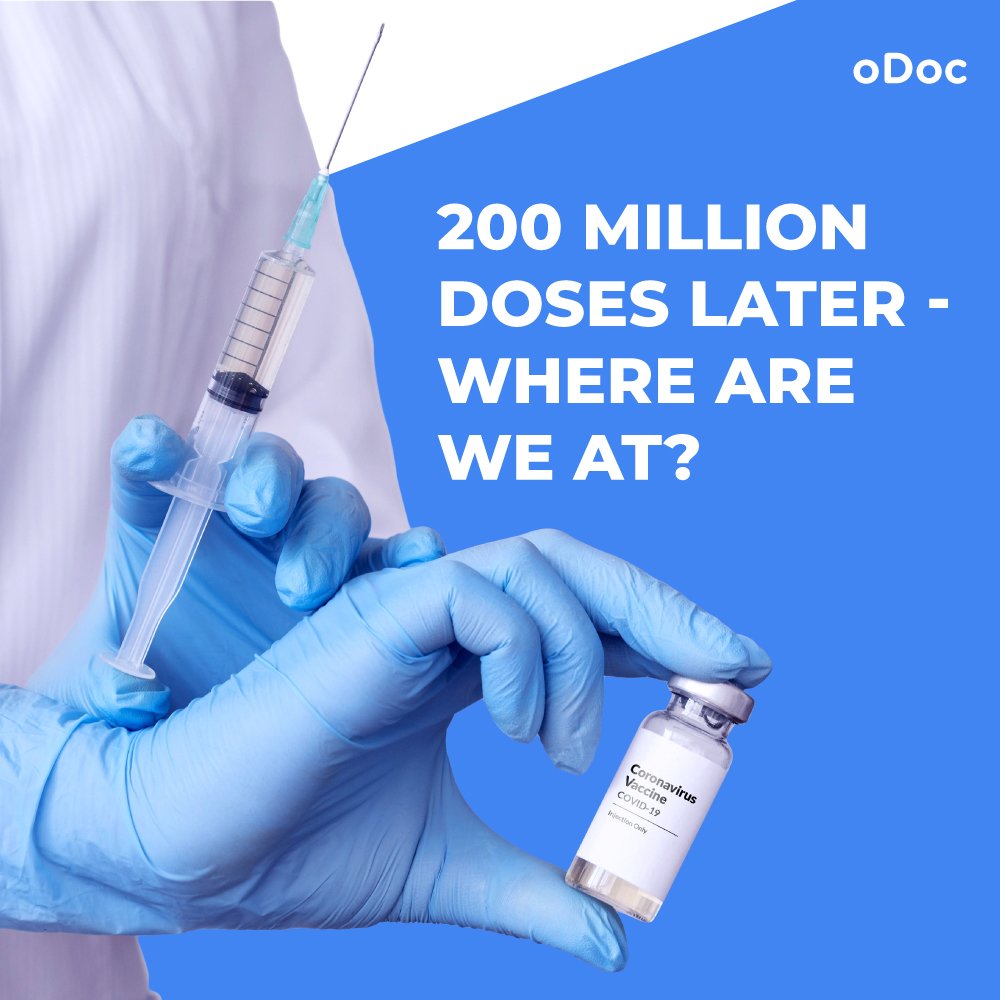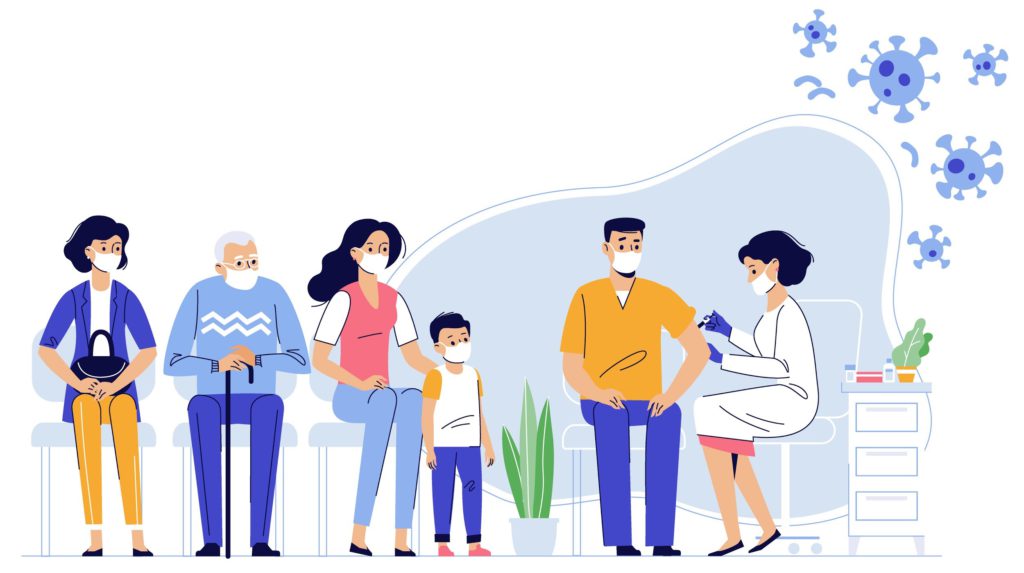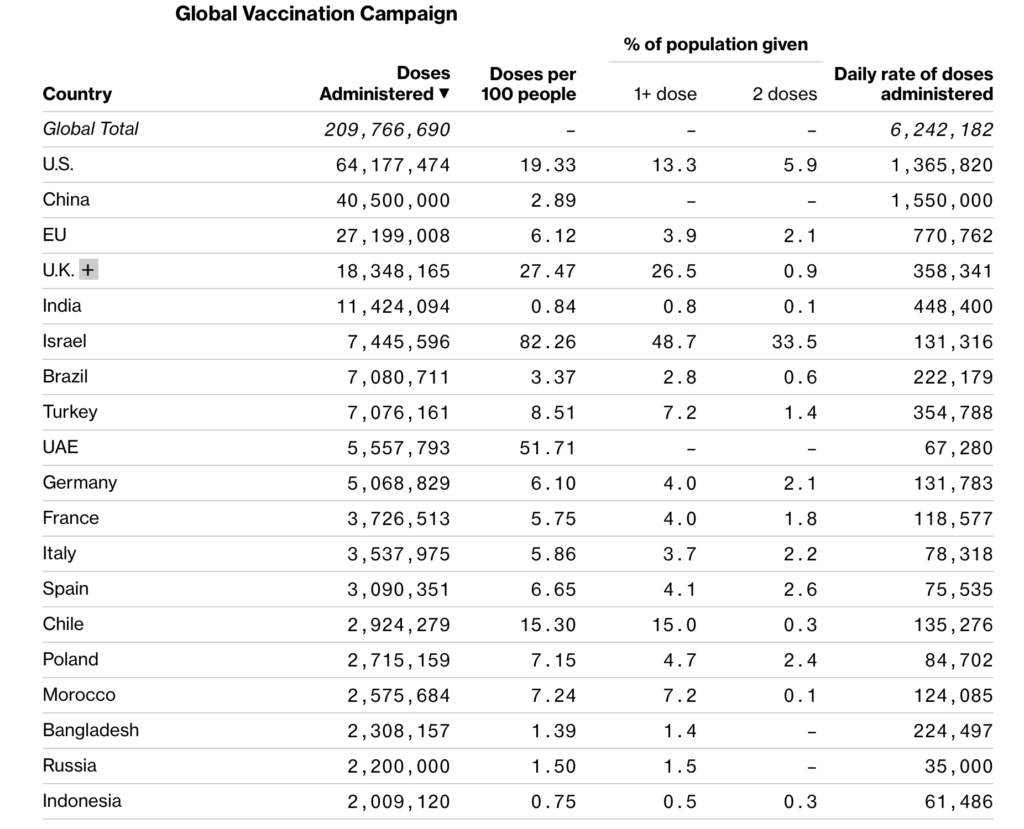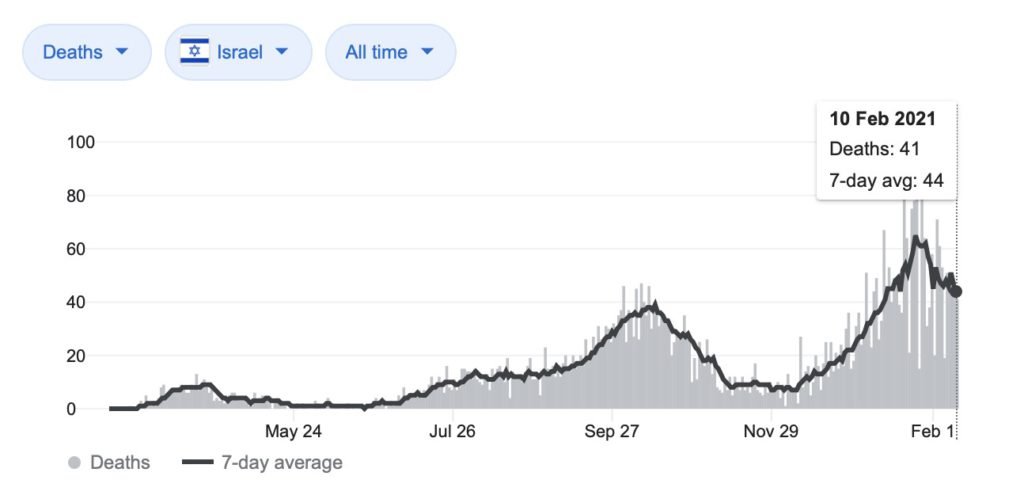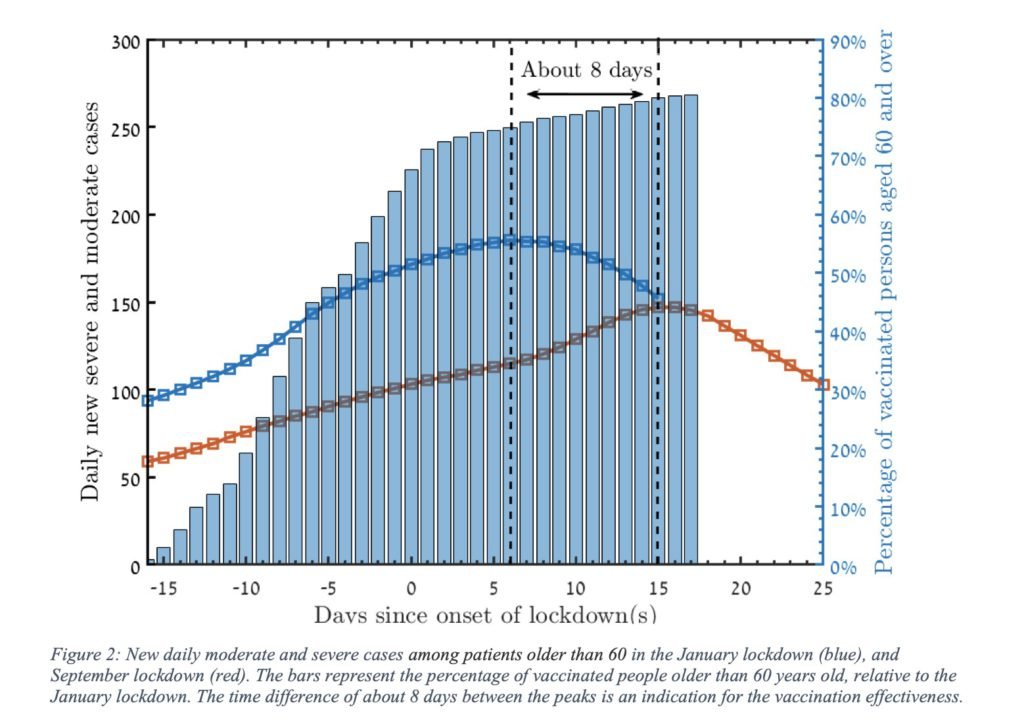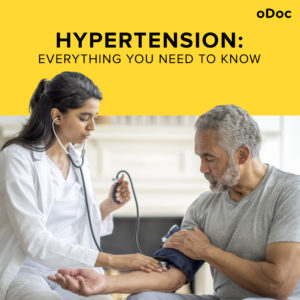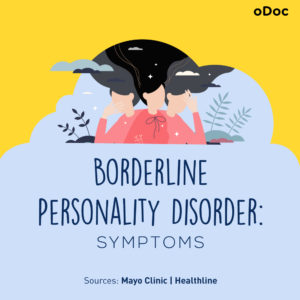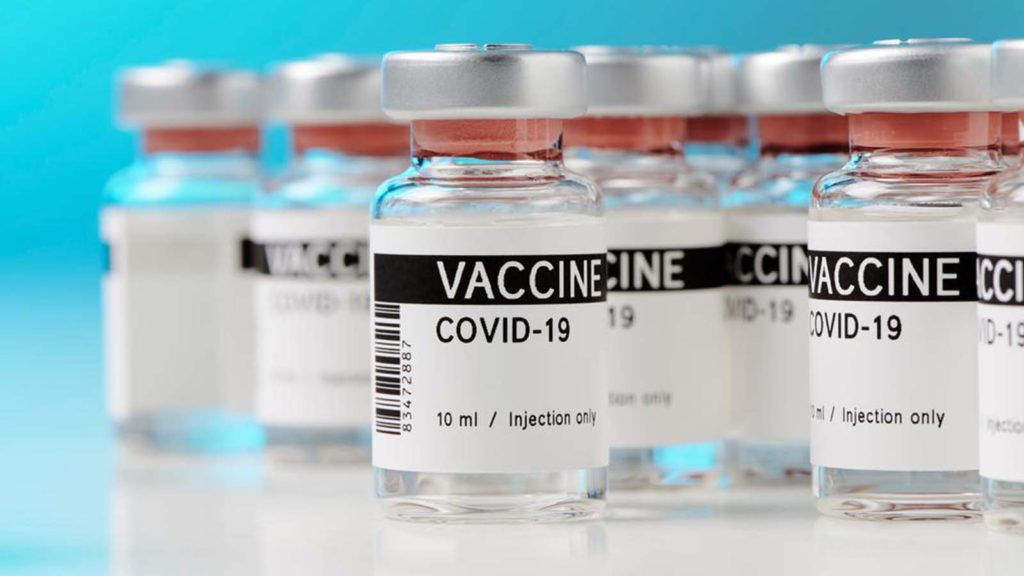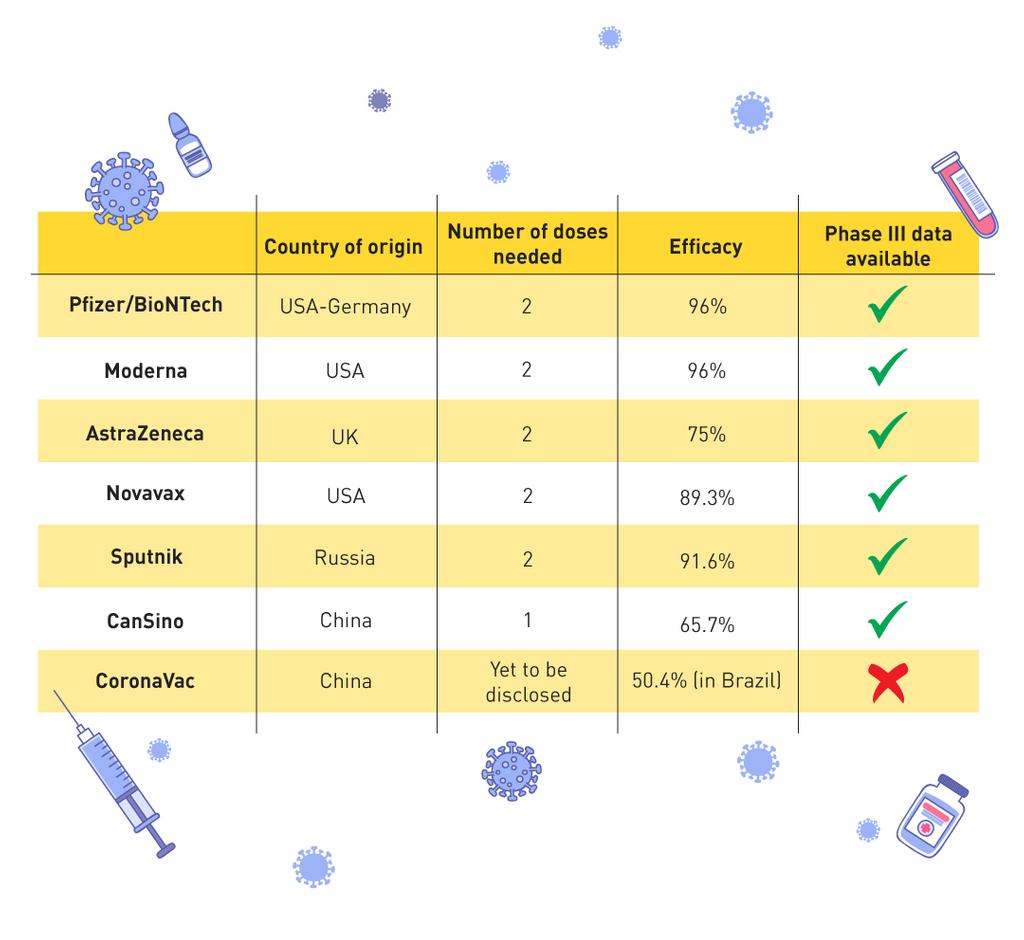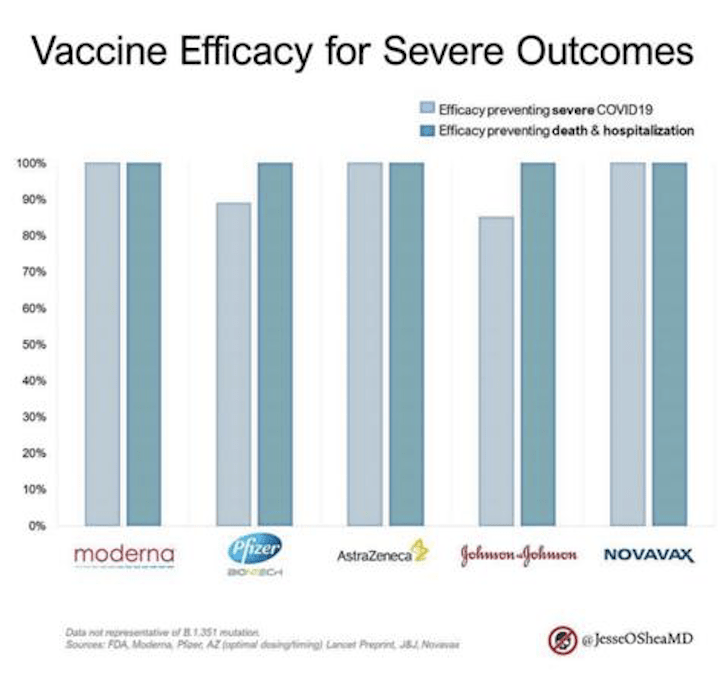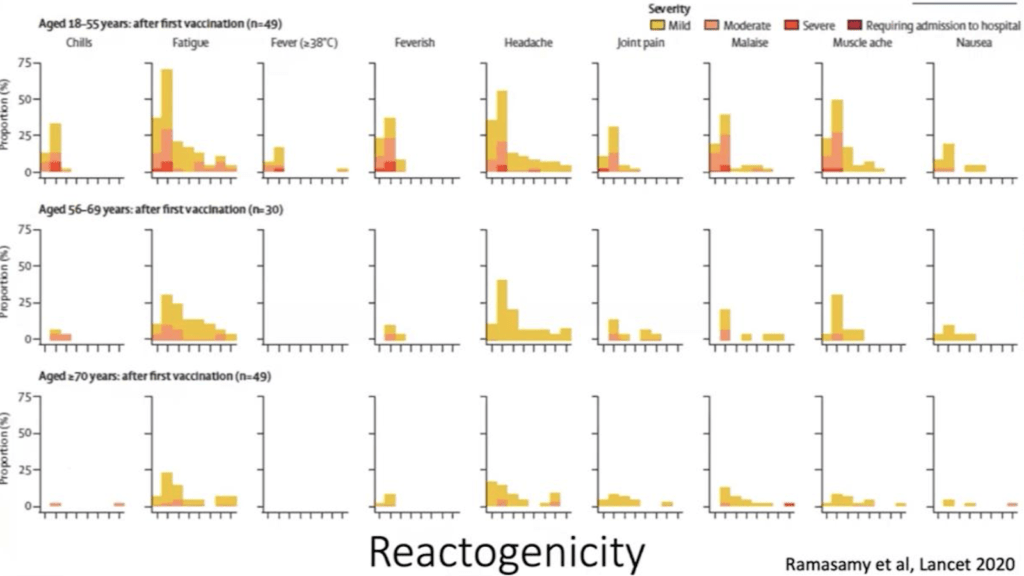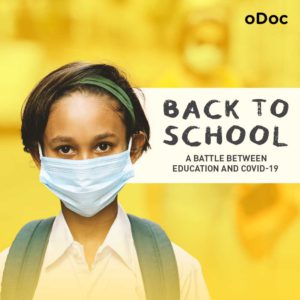oDoc, Sri Lanka’s leading digital health company, announced it had closed $ 1 million in pre-series A funding at double its previous valuation.
The funding will be used to create a seamless customer experience across the healthcare and insurance verticals in the region.
Existing investor Techstars led the investment round along with leading Silicon Valley venture capital firms, Hustle Fund and Unpopular Ventures.
Other notable investors included Cherif Habib (co-founder of Dialogue, a Canadian telemedicine start-up with over $50M in ARR), Vir Kashyap (co-founder of Babajob) and LPs Bill & Leonard Lynch.
The investment will be used to expand operations and create a seamless customer experience across the healthcare and insurance verticals in the region.
Founded in 2017, the company connects patients with doctors for video consultations and fulfils home diagnostics and medicine delivery. The company grew revenues by 5X in 2020 whilst maintaining healthy unit economics.
This growth was fuelled by the pandemic, which was a watershed for the global telemedicine industry. oDoc saw mass adoption across both patients and practitioners, with telemedicine being the only option for non-urgent healthcare during the lockdown.
During the pandemic, the company also launched the Sri Lankan National Telemedicine Platform on behalf of the Ministry of Health in Sri Lanka as a CSR project, thus enabling any Sri Lankan to obtain free medical advice from any corner of the county.
Hustle Fund Managing Partner Shiyan Koh commenting on the funding, stated, “We are pleased to back Heshan and the oDoc team as they have demonstrated grit and capital efficiency. oDoc is taking on one of the most important problems we face – timely and affordable access to healthcare. Consumers’ willingness to use digital health solutions has only accelerated during the COVID-19 pandemic and we see multiple paths to growth here.”
oDoc Co-Founder and CEO Heshan Fernando stated, “At oDoc, we strive to make high-quality healthcare universally accessible, affordable and personal. We are excited to transition to the next phase of growth, moving from a startup to a scale-up and thrilled to have some of Silicon Valley’s best venture builders backing us.”
With the rise of the pandemic, telemedicine services have become more critical in reducing virus contagion by reducing the need for physical waiting rooms and improving patient outcomes as other ailments and illnesses were not neglected due to missed/late diagnosis due to the fear of visiting physical healthcare hubs.
oDoc currently has a network of 1,000+ partner doctors, covering 200,000 lives and 65+ corporates across Sri Lanka, India, the Maldives and Cambodia.



